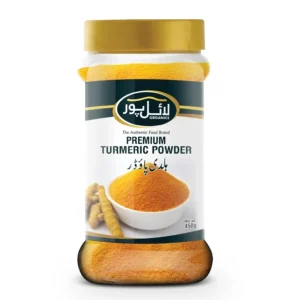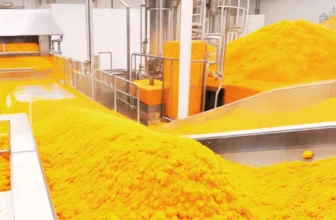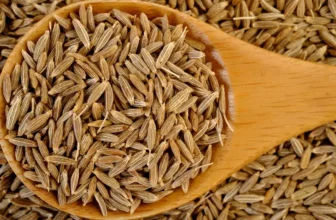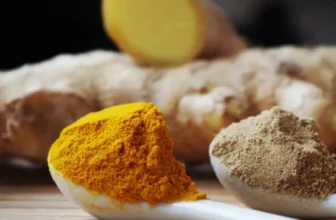The History and Origin of Turmeric
The History and Origin of Turmeric, a vibrant golden spice known for its rich colour and potent medicinal properties, has been a cornerstone of traditional medicine and cuisine for centuries.
Originating from the Indian subcontinent, this ancient healing ingredient, scientifically referred to as Curcuma longa, boasts a history that intertwines with South Asia’s cultural and culinary traditions.
In this comprehensive article, we will explore the history and origin of turmeric, its journey through time, and its significant impact on culture, health, and wellness.
Table of Contents
The Historical Background of Turmeric
Ancient Beginning
Turmeric has been used for over 4,000 years, and its historical application is documented in the Vedic culture of India. This age-old remedy was not only a key component in Ayurveda, the traditional system of medicine, but also held a sacred place in religious ceremonies and rituals. The roots of turmeric’s use can be traced back to ancient texts and scriptures, highlighting its therapeutic effects and culinary significance.
Spread Across Continents
The spread of turmeric from India to other parts of the world began with the ancient trade routes. Merchants and explorers introduced this golden spice to China, Africa, and the Middle East, where it was embraced for its medicinal and culinary uses. By the 13th century, Marco Polo had documented turmeric in his travels to Asia, comparing it to saffron for its vivid colour and versatility.
The Origin of Turmeric
Botanical Roots
Turmeric is derived from the rhizome of the Curcuma longa plant, a member of the ginger family. This rhizome, often called yellow or golden root and is cultivated primarily in the warm, humid climates of South Asia. Planting and cultivating turmeric requires specific conditions in regions like India, Bangladesh, Pakistan, and Sri Lanka.
Cultural Significance
In India, turmeric is known as Haldi and is deeply embedded in cultural traditions. It symbolizes purity, prosperity, and fertility in religious ceremonies, weddings, and festivals. The use of turmeric in rituals extends beyond its medicinal properties, reflecting its integral role in the heritage and customs of the region.
Turmeric in Traditional Medicine
Ayurvedic Practices
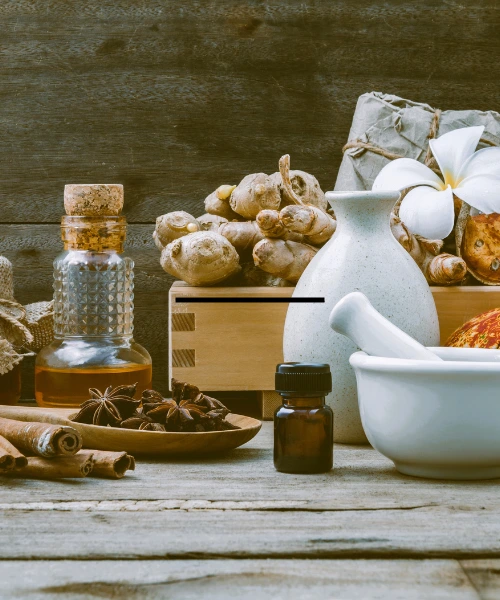
Traditional Chinese Medicine
In Traditional Chinese Medicine (TCM) turmeric stimulates the flow of energy (qi) and alleviates pain. It is prescribed for conditions such as arthritis, menstrual discomfort, and digestive problems. The natural remedy is often combined with other herbs to enhance its therapeutic application.
Modern Medicinal Uses of Turmeric
Health Benefits
The health benefits of turmeric have been widely researched and documented in modern science. Curcumin, the main ingredient in turmeric, has been shown to reduce inflammation and oxidation, effectively treating chronic diseases like arthritis, heart disease, and even cancer. Studies suggest that curcumin can improve brain function, lower the risk of brain diseases, and combat depression due to its ability to cross the blood-brain barrier and increase brain-derived neurotrophic factor (BDNF) levels.
Bioavailability and Supplementation
One challenge with curcumin is its low bioavailability when consumed in raw form. To enhance its absorption rate, turmeric is often consumed with black pepper, which contains piperine, a natural substance that increases the bioavailability of curcumin by 2000%. Turmeric supplements are also formulated with bioavailability enhancers to ensure maximum nutrient uptake.
Turmeric in Culinary Practices
Indian Cuisine
In Indian cuisine turmeric is essential in dishes such as curries, lentils, and rice. Its earthy flavour and vibrant colour are signature elements of many traditional recipes. The golden spice is crucial in blends like garam masala and curry powder.
Global Culinary Influence
Turmeric has transcended Indian cuisine, becoming popular in various culinary traditions worldwide. This versatile spice has found a place in global gastronomy, from Middle Eastern dishes like tagines and kebabs to Western health trends like golden milk and turmeric lattes.
Cultural and Symbolic Uses of Turmeric
Religious and Ritualistic Significance
Turmeric holds a revered place in Hindu rituals and ceremonies. It is used in the Haldi ceremony during Indian weddings, where the bride and groom are anointed with turmeric paste for its optimistic and purifying properties. The golden root is also used in festivals like Diwali and Holi, symbolizing prosperity and the divine.
Traditional Dye
In addition to its culinary and medicinal uses, turmeric has been historically used as a natural dye. The colouring agent imparts a rich yellow hue to fabrics, which is why it has been used in textile dyeing for centuries.
Cultivation and Production of Turmeric
Farming Practices
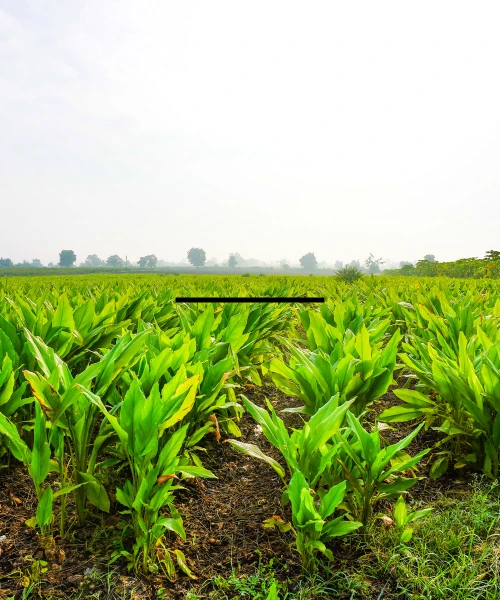
Processing
Once harvested, turmeric rhizomes are boiled, dried, and ground into a fine powder. This ground turmeric is commonly used in cooking and supplementation. The processing methods can affect the quality and potency of the final product, making traditional and sustainable practices crucial for producing high-quality turmeric.
Conclusion
Turmeric is more than just a spice; it symbolizes cultural heritage, a cornerstone of traditional medicine, and a potent medicinal agent with many health benefits. From its ancient beginnings in the Indian subcontinent to its widespread use in modern medicine and global cuisine, turmeric remains a golden root of invaluable significance. Understanding its history, origin, and multifaceted uses helps us appreciate the profound impact of this extraordinary spice on our lives and well-being.
Other Top Selling Products
-
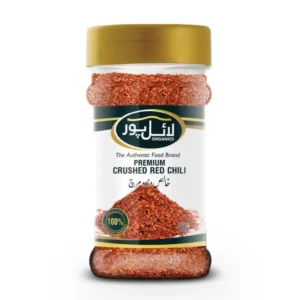 Premium Crushed Red Chili (Crushed Lal Mirch, Darra Mirch) – 100% Natural & Pure | Super Spicy Flavour & Vibrant Color | Best Price in Pakistan₨ 219.00 – ₨ 780.00Price range: ₨ 219.00 through ₨ 780.00★★★★★
Premium Crushed Red Chili (Crushed Lal Mirch, Darra Mirch) – 100% Natural & Pure | Super Spicy Flavour & Vibrant Color | Best Price in Pakistan₨ 219.00 – ₨ 780.00Price range: ₨ 219.00 through ₨ 780.00★★★★★ -
 Premium Kishmish (Raisin) Sundarkhani – 100% Natural Organic & Pure | Rich in Nutrients & Sweet Flavour | Best Price in Pakistan₨ 281.00 – ₨ 410.00Price range: ₨ 281.00 through ₨ 410.00
Premium Kishmish (Raisin) Sundarkhani – 100% Natural Organic & Pure | Rich in Nutrients & Sweet Flavour | Best Price in Pakistan₨ 281.00 – ₨ 410.00Price range: ₨ 281.00 through ₨ 410.00 -
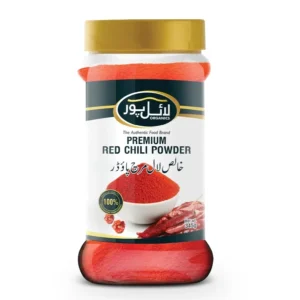 Premium Red Chili Powder (Lal Mirch Powder) – 100% Natural & Pure | Hot Spicy Flavour & Vibrant Color | Best Price in Pakistan₨ 200.00 – ₨ 1,015.00Price range: ₨ 200.00 through ₨ 1,015.00
Premium Red Chili Powder (Lal Mirch Powder) – 100% Natural & Pure | Hot Spicy Flavour & Vibrant Color | Best Price in Pakistan₨ 200.00 – ₨ 1,015.00Price range: ₨ 200.00 through ₨ 1,015.00 -
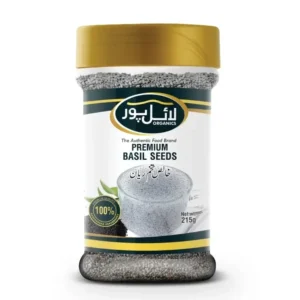 Premium Basil Seeds (Tukhm e Reyan | Tukhm e Rehan) – 100% Natural Organic & Pure | Rich in Nutrients & Fiber | Best Price in Pakistan₨ 446.00 – ₨ 1,013.00Price range: ₨ 446.00 through ₨ 1,013.00
Premium Basil Seeds (Tukhm e Reyan | Tukhm e Rehan) – 100% Natural Organic & Pure | Rich in Nutrients & Fiber | Best Price in Pakistan₨ 446.00 – ₨ 1,013.00Price range: ₨ 446.00 through ₨ 1,013.00 -
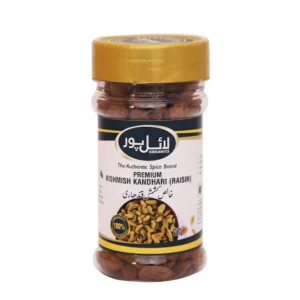 Premium Kishmish (Raisin) Kandhari – 100% Natural & Pure | Rich in Nutrients & Sweet Flavour | Best Price in Pakistan₨ 200.00 – ₨ 260.00Price range: ₨ 200.00 through ₨ 260.00
Premium Kishmish (Raisin) Kandhari – 100% Natural & Pure | Rich in Nutrients & Sweet Flavour | Best Price in Pakistan₨ 200.00 – ₨ 260.00Price range: ₨ 200.00 through ₨ 260.00 -
 Premium Whole Red Chili (Lal Mirch) – 100% Natural & Pure | Super Spicy Flavour & Vibrant Color | Best Price in Pakistan₨ 419.00
Premium Whole Red Chili (Lal Mirch) – 100% Natural & Pure | Super Spicy Flavour & Vibrant Color | Best Price in Pakistan₨ 419.00

